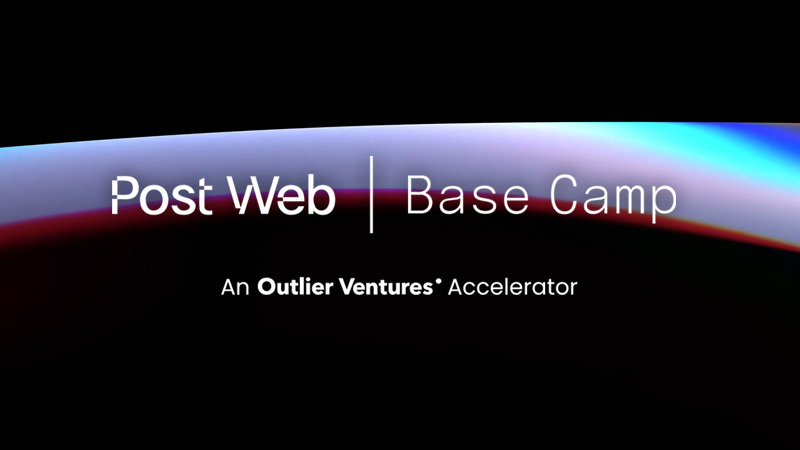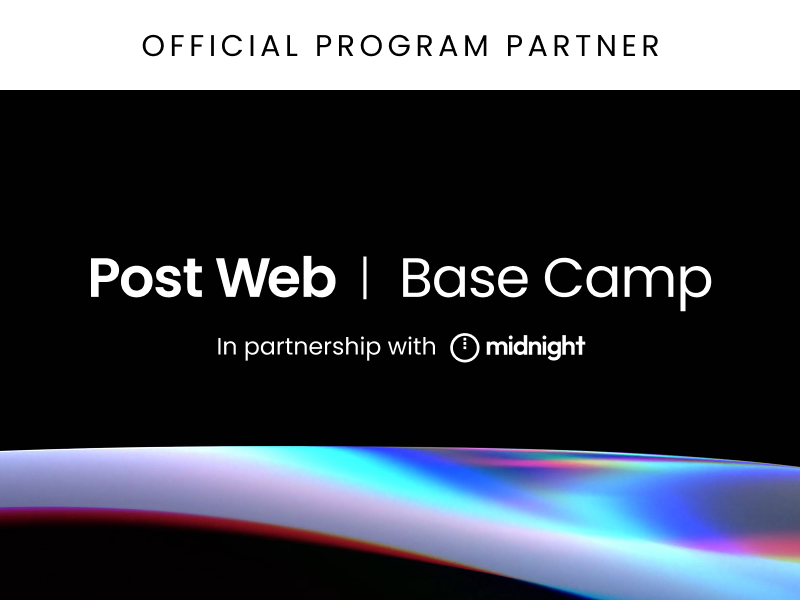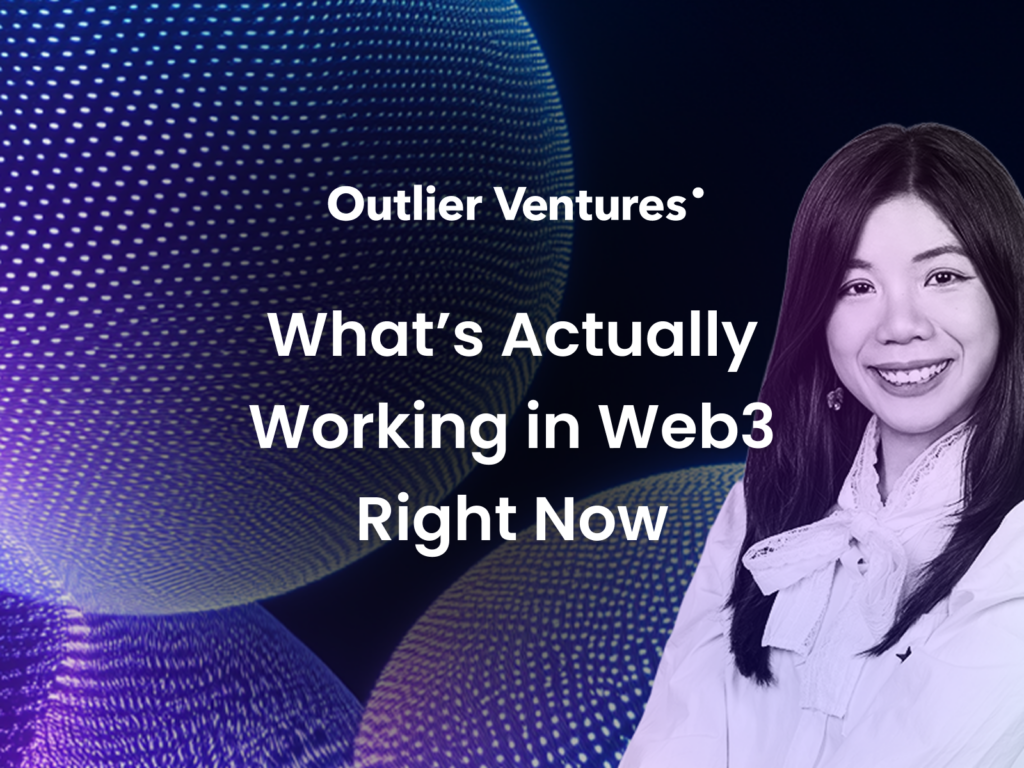Welcome to our latest blog series for founders building at the frontier of AI and Web3. In each edition, we explore the emerging trends shaping the next era of the internet, and how our accelerator is helping early teams turn theory into product.
Authors: Jasper De Maere | X | LinkedIn | Greysen Cacciatore | X | LinkedIn
The internet we’ve known for decades is quietly fading…not with a bang, but with a shift away from endless tabs, swipes, and dashboards. Autonomous agents, that think, act, and transact on your behalf, are taking their place.
This is the dawn of The Post Web.
For years, Web3 has promised a more sovereign, open, and user-owned internet. But despite its ideals, it struggled to reach mass adoption. Why? Because complexity and friction kept most users out.
Now, with AI diffusing into every layer of the stack, and decentralized systems reaching maturity, a new chapter is unfolding where agents carry out our intent in real time across trustless, intelligent systems.
A New North Star for Every Builder
The Post Web is our north star for the decade ahead. It’s not just the next version of the internet, it’s a structural shift in how humans interact with it.
This journey began with the convergence of blockchain technology, AI and decentralized infrastructure, an evolution we’ve been tracking, investing in, and writing about since 2016. While the Convergence laid the groundwork, our latest thesis – The Post Web – represents a structural shift in how humans interact with the internet. It marks the moment we move from interfaces to intent, from apps to agents, from platforms to protocols. It is the result of years of progress across AI, DLT, and infrastructure finally reaching a tipping point, enabling users to delegate tasks to intelligent agents operating on decentralized, trustless systems.
In Chapter 2 of our latest thesis, we outlined the full Post Web technology stack to help builders make sense of the emerging internet landscape where AI agents, decentralized infrastructure, and programmable assets converge. Now, as we gear up for the second Post Web Base Camp Accelerator, we’re taking a fresh look at where theory is turning into practice, where the stack is mature enough to support real products, where adoption signals are strong, and where our accelerator can help move the needle for early teams.
That brings us to this call for Post Web builders, a deeper dive into the four verticals showing real momentum across the stack.
Below is a snapshot of the four verticals we’re focusing on in the upcoming Post Web Base Camp, (and in this blog series):
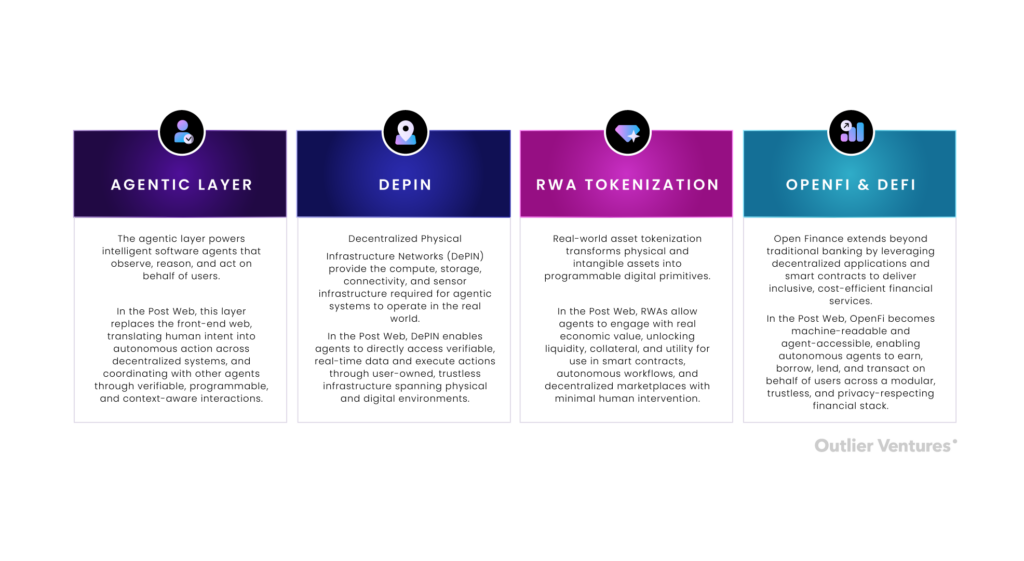
In Chapter Two of our Post Web thesis, we explored the full technology stack enabling this new paradigm of the internet. Below is a visualization of the areas we’re focusing on for the upcoming accelerator, which we believe are most ripe for real-world impact and where we are actively seeking founders to support.
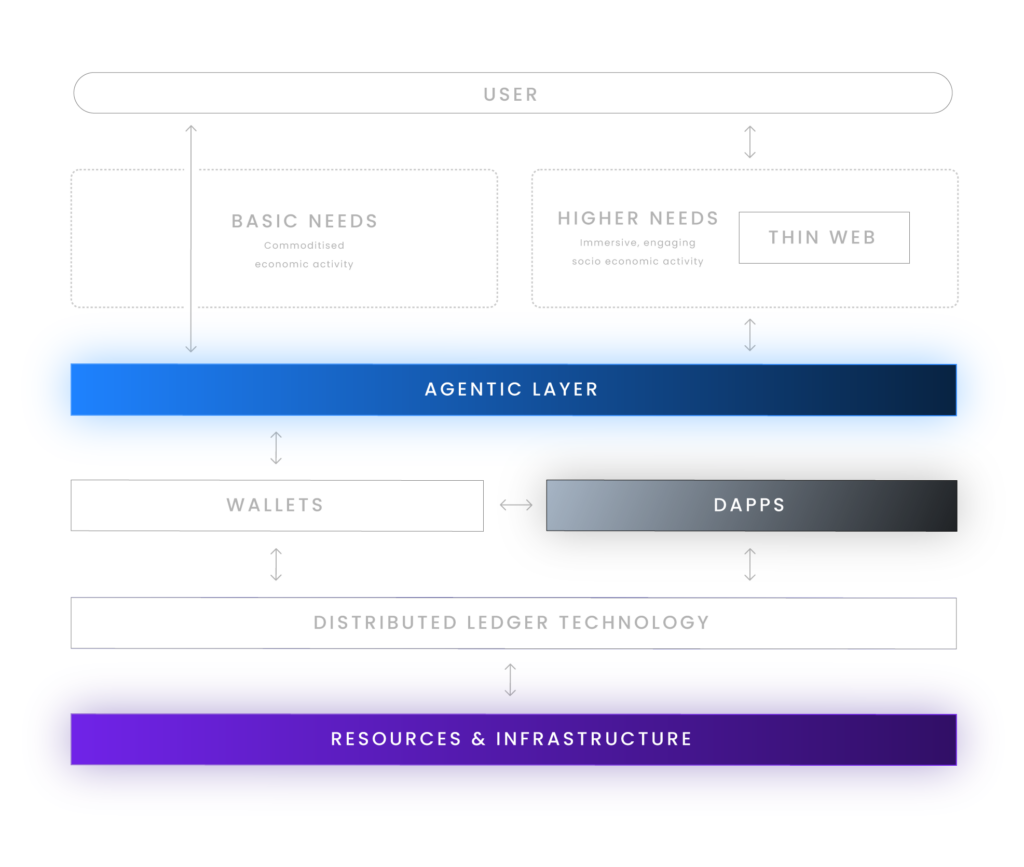
The Post Web Recap
Before diving into the four verticals, emerging trends, and calls to action for builders, let’s take a moment to briefly recap what The Post Web is and why it matters.
Web3: A Decade of Promise
Web3’s promise to extend the potential of the ownership of digital things, and unbundle Web2’s platforms was founded on the ideals of decentralisation and sovereignity. However, a decade since its inception, it has yet to materialise, and Web2 platforms still dominate the consumer internet, protected by powerful network effects.
Realising Web3’s Limits
Knowing what we know today, the original assumption by many that blockchain technology alone could fulfil Web3’s promise was overly optimistic. While decentralised systems are powerful, they introduce complexity and friction that only a small subset of users can manage effectively. In reality, we, the early adopters, have in actuality been beta testing DLT as the infrastructure to host something far more transformative: AI and agents.
The Post Web Emerges
AI’s diffusion across the internet is finally happening, as we have been anticipating since as far back as 2016. As it integrates with existing Web3 infrastructure, Web3’s original promise will finally become a reality, in the form of what we call The Post Web. It is the stage after Convergence in which AI agents act on user intent, combining deterministic precision with adaptive flexibility, through hyper-contextual experiences, while also being privately verifiable. In short, users will not only be limited to read, write and own, but also delegate within The Post Web.
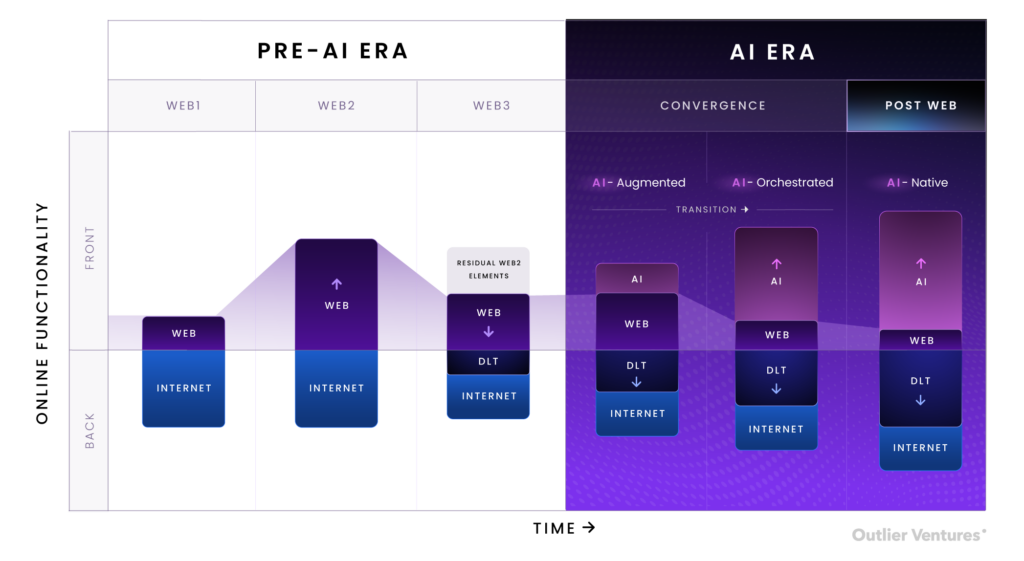
The Founder Implications
We are not proposing that everyone should suddenly and exclusively focus on agents or DeAI, instead we believe in the immediate term, founders need to simply understand the potential operational and product efficiency gains AI integration can bring. Over time, depending on the type of business and product, we expect founders to gear their project towards being driven primarily through AI-driven onchain activity as they explore how to do more with less.
As we transition into The Post Web, many Web3 verticals such as DeFi, DeAI, DePIN, Privacy, Social, Consumer, and RWA will continue to remain relevant. However, founders must increasingly recognize AI’s potential to enhance products, remove user complexity, and enhance development capabilities, as we outlined in previous works on the potential of the ‘100x Founder’.
Today, we’re entering ‘convergence’ — a transitory phase where AI increasingly blends with IoT, infrastructure, and finally manifests a new data economy. While we don’t expect founders to build exclusively for agents, they should be mindful of the direction of travel outlined here and fully leverage AI’s capabilities. As the internet optimises for agents, so must its founders.
Ready to Build the Post Web?
As the internet enters its next phase, the window for founders to shape it is now.
If you’re building at the edge of AI, Web3, and decentralized infrastructure, we want to hear from you. Our next Post Web Base Camp is designed to help early-stage teams go from theory to product, faster. We provide funding, hands-on support, deep technical guidance, and a global network of partners and investors who understand what it takes to build the next generation of the internet.
If you want to be the first to read the upcoming blogs in this series, where we’ll break down each vertical and why it matters, sign up for our newsletter to get them straight to your inbox.
The Post Web is already being built. The question is: will you be one of the founders shaping it?

